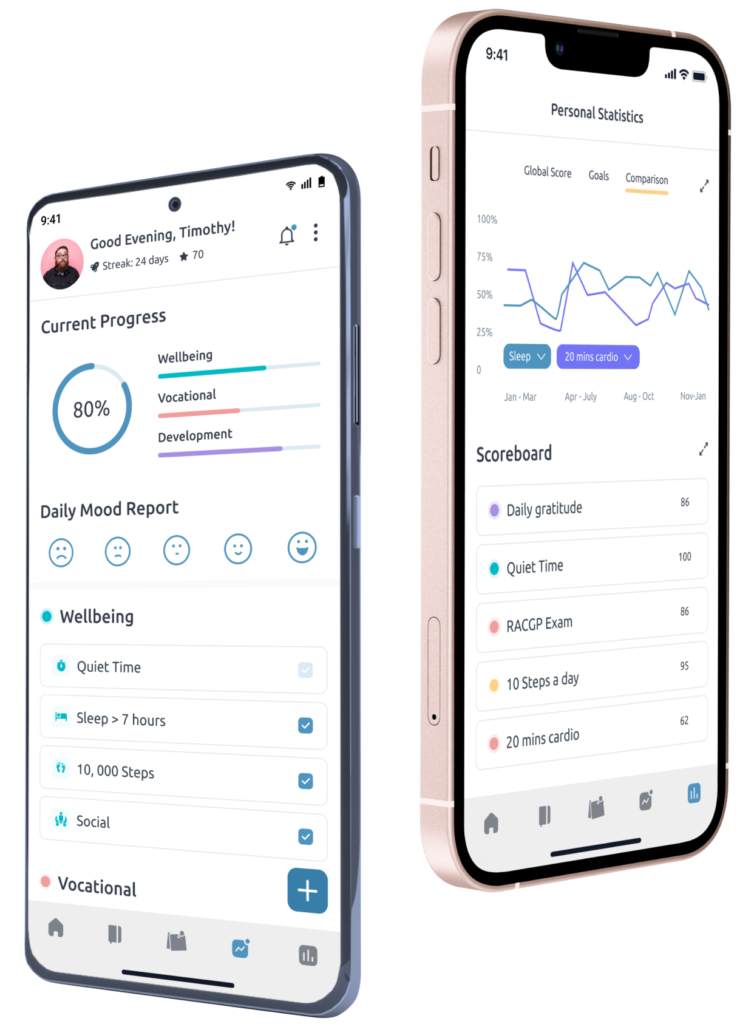Author: Dr Kiren Iqbal

Since its humble beginnings tracing back to the early 20th century when radio waves were utilized to transmit medical information, telemedicine has rapidly expanded across various medical specialties and settings.
From primary care to tertiary hospitals to emergency departments, telemedicine involves the use of telecommunications technology for health professionals to remotely diagnose and treat patients. Benefits such as improved access to care, patient empowerment, cost-effectiveness, and convenience have led to its widespread adoption. The COVID-19 pandemic further accelerated its adoption, making telemedicine an indispensable tool for ensuring continuity of care during crises.
Below are some real-world examples and success stories of using telemedicine across various medical specialties, patient demographics, and geographical locations.
- Stroke Telemedicine Network: In regions with limited access to stroke specialists, telemedicine networks have proven instrumental in delivering timely stroke care. For instance, the Stroke Telemedicine Networks connect emergency departments with neurologists via teleconsultations, enabling rapid assessment and treatment of stroke patients. Studies have shown that telestroke programs significantly reduce treatment delays, improve patient outcomes, and increase the use of thrombolytic therapy, thereby saving lives and preventing long-term disability.
- Remote Mental Health Services: Telepsychiatry and remote mental health services have expanded access to mental healthcare for underserved populations, including rural communities and military veterans. Organizations like the U.S. Department of Veterans Affairs (VA) have implemented telepsychiatry programs to provide virtual mental health consultations and therapy sessions to veterans residing in remote areas. These programs and real-world data have demonstrated improvements in patient access, treatment adherence, and mental health outcomes, reducing barriers to care and addressing the shortage of mental health providers in certain regions.
- Diabetes Management Programs: Telemedicine platforms have revolutionized diabetes management by enabling remote monitoring and virtual consultations for patients with diabetes. For example, the telenephrology program at the University of Mississippi Medical Center offers virtual consultations for patients with diabetic kidney disease, allowing nephrologists to remotely monitor patients’ kidney function, adjust medications, and provide lifestyle counseling. Studies have shown that telemedicine-based diabetes management programs lead to improved glycemic control, reduced hospital admissions, and better patient satisfaction, empowering individuals with diabetes to manage their condition more effectively.
- Rural Obstetric Care: Telemedicine has addressed challenges in rural obstetric care by facilitating remote prenatal consultations and maternal-fetal monitoring. In regions with limited access to obstetricians, telemedicine-enabled prenatal care programs have enabled pregnant women to receive regular check-ups, ultrasounds, and consultations with maternal-fetal medicine specialists from their local healthcare facilities. A review of available studies indicates that these programs have been associated with reduced travel burdens, improved prenatal outcomes, and increased patient satisfaction, ensuring equitable access to quality obstetric care for rural populations.
- Tele-ICU Programs: Telemedicine has enhanced critical care delivery through tele-ICU programs, which enable intensivists to remotely monitor and manage critically ill patients in intensive care units (ICUs). In settings where on-site intensivist coverage is limited, tele-ICU programs provide real-time clinical decision support, early detection of deteriorating patients, and timely interventions, leading to reduced ICU mortality rates and lengths of stay. Studies have shown that tele-ICU interventions improve patient outcomes, decrease complications, and enhance the efficiency of ICU care delivery, particularly in rural and underserved areas.
Telemedicine has proven to be effective in reducing the geographical barriers to healthcare, enhancing clinical outcomes, and delivering accessible, convenient, patient-centered care to patients worldwide. Undoubtedly, its real-world applications will only continue to expand.






